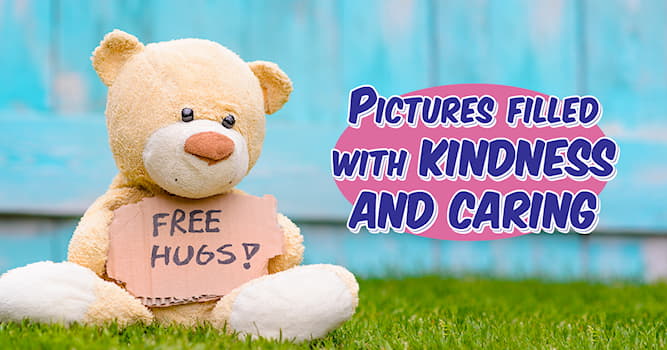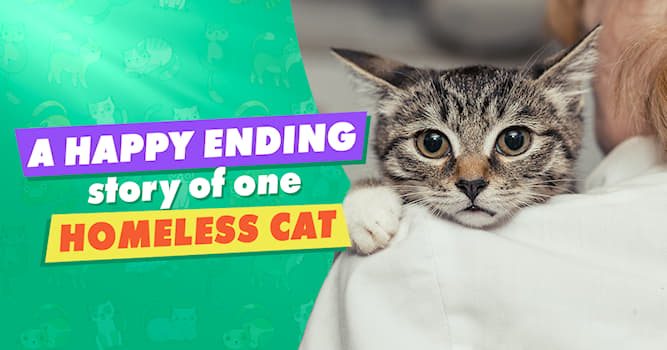What is the evolutionary reason why humans are ticklish?

Ticklish humans and animals.
There are a few ideas about why humans experience ticklishness and there are also two kinds of tickling.
One of them is a defense mechanism or warning sign that something moving is on you. Think parasites on your skin…or not, no don’t think about that. This is the kind of tickling that you feel when something soft brushes up against you, the fancy name for that is Knismesis. Usually, this type doesn’t make you laugh, it tends to give you goosebumps, bit uncomfortable too.
Another aspect of tickling has to do with the specific spots that are ticklish. These are also more intense and leads to uncontrolled laughter. The fancy name for this one a Gargalesis. This second one isn’t as straightforward as the first, and most likely serves some kind of social aspect; it helps us bond.
There are specific spots that are ticklish in this way, and those are important for parents and children to form bonds. When we grow up those same spots are also erogenous zones, helping with mating, another social activity we do.
The spots are also vulnerable areas on our bodies, this is probably no coincidence. Some think there is an aspect of tickling behavior meant to teach the younger ones to protect their vulnerable areas.
As for other animals, yes other animals tickle too. Our close cousins the chimpanzee tickles during play, though they make a more panting, out of breath, sound when they are laughing. They enjoy it, which shows by them not leaving you alone afterward because they want you to keep going.
Elephants can be tickled as well, but my favorite is the rat.
There was a study where it was someone’s job to tickle rats (that must look amazing on your resume). The researchers in question were like “come tickle rats with me”. Fun aside, this was still serious research. It was known that rats make specific high-frequency noises when they play or have sex, noises of enjoyment (kinda like laughing). When they tickled the rats they made the same noises, they were enjoying it in a similar way humans do. It activates brain areas and pathways that also light up when humans experience joy (at least, the areas analogous to ours).
but a note must be made here, we are quick to ascribe human emotions to animals which can be dangerous. Animals like chimps and rats seem to enjoy tickling, there’s reason to think they experience it positively. But not all animals are like that, and it’s not 100% they really like it that much (we can’t ask).
A tragic example of misinterpretation is the Slow Loris. These critters can be tickled, but they don’t like it. What humans interpret as enjoyment is actually fear, making the playful behavior in humans or primates literal torture for this cute looking animal.
Tickling likely serves as a warning signal and training to protect ourselves. It has a secondary feature in humans, other primates, and rats it seems, to facilitate social bonding. But be careful who you tickle, not all animals experience the same enjoyment (some humans don’t like it either).
Are you extra ticklish? Does tickling make you feel uncomfortable?
Interesting Facts
7 things people never expected to see
8/8/2021
by
Della Moon
These pictures of unusual objects people stumbled upon and had a chance to take a picture of will absolutely blow your mind!
Zen Buddhist wisdom that will bring peace to your soul
8/3/2021
by
brian l
Here are pieces of Buddhist philosophy that will help you to look inside and discover the truth about yourself.
7 images that depict life from a different point of view
8/11/2021
by
brian l
In today’s post, we would be sharing these seven photos that show life from another perspective.
9 things that should be used to make our lives easier
8/15/2021
by
brian l
With these nine images, we would be showing things that should be used worldwide to make our lives better!
An abandoned cat becomes an Instagram sensation after finding a home
8/2/2021
by
brian l
This post is about a really cute cat that had no idea how popular he was going to get after getting his new home.















